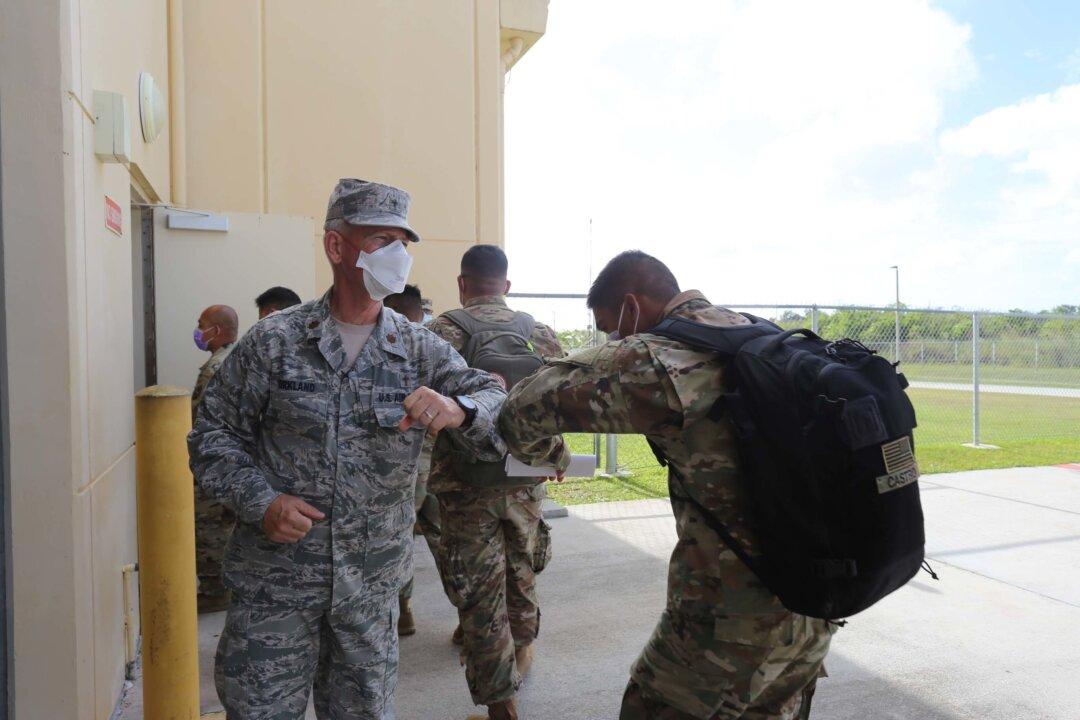The Pentagon is ordering that all military personnel must wear makeshift face coverings, per Centers for Disease Control and Prevention (CDC) public guidelines, if they need to work closer to each other than 6 feet of “social distancing.”
“Effective immediately, to the extent practical, all individuals on DoD [Department of Defense] property, installations, and facilities will wear cloth face coverings when they cannot maintain 6 feet of social distance in public areas or work centers,” states the official memo (pdf), which was made public April 6.





